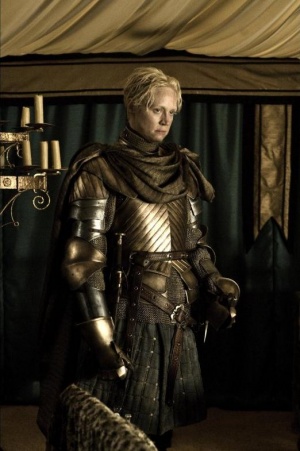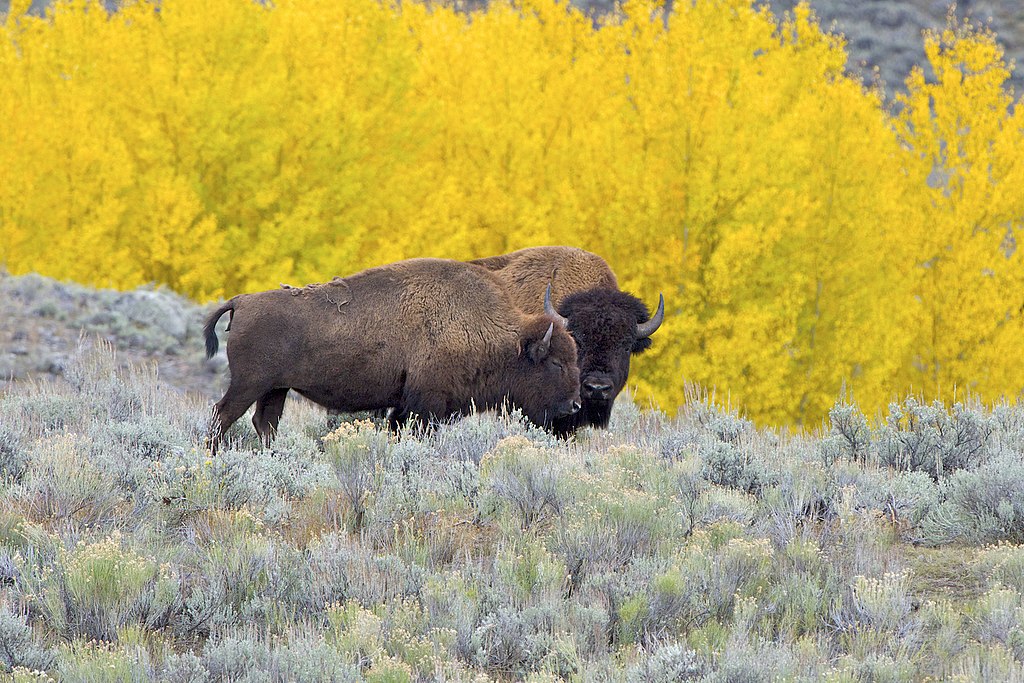So for the first reading for week 11 I chose to read the ‘Tale of Britomart,’ from the Faerie Queene reading unit. Instead of taking notes like I usually do where I summarize the plot from a couple tales from the first half of the unit, I’m going to point out parts of the first half of the reading that I really like, including aspects of Britomart’s personality and character.
Within the first half of the reading, we’re given an in depth look at Britomart’s heart, morals, drive, determination, and bravery. This is a girl who comes from royalty, a princess, and one day she accidentally peers into her father’s magical looking glass gifted to him by the Merlin (a powerful wizard famous throughout Arthurian tales) and beholds the sight of her husband-to-be, Sir Artegall. For weeks thereafter her heart is tormented at the thought of not being with him at the very soonest moment and she can’t eat or sleep because of it.
Her nurse, Glauce, sees what’s happening and takes Britomart to the great Merlin to figure out why she is becoming so sickly with no visible illness. The Merlin merely laughs and tells them it is merely heartsickness, and that Britomart must go after her true love if she wishes to find peace.
So Glauce, being a wonderful friend and person, suggests to Britomart that they take off to the land of the Faerie Queene where Sir Artegall is rumored to be. But they go in disguise - Britomart as a gallant knight and Glauce as her squire. Britomart pulls off the guise of knight easily because she’s already had training in self defense with the sword and shield.
So they ride off into the land of the Faerie Queene. I actually wonder if the ‘land of the Faerie Queene’ is another name for Avalon, because I’ve been reading ‘The Mists of Avalon’ by Marion Zimmer Bradley and it seems like a lot of important events happen in Avalon.
Along the way to find her destined lover, Britomart and Glauce have many run-ins with other knights, jealous Queens, and churls of the worst kind.
What impresses me so about Britomart is her strength of heart. Through her journeys she often feels the pang of heartsickness, fear, and longing to find Sir Artegall, but she never gives up on her quest for him. She keeps going forward and keeps up hope, even in the most dire of situations. Britomart reminds me of myself in some cases because she has such drive and determination and when she wants something she doesn’t sit idly by and wait for it to come to her. She goes out and gets it on her terms through her own means. Maybe it’s just my impatience, but I’m much the same way.
The character Brienne from ‘Game of Thrones’ also reminds me a lot of Britomart in her morals. She is always kind and looking out for those less represented and she also kicks ass with a sword.

Brienne of Tarth
I’m looking forward to reading the rest of her story and I hope it ends up having a fairy tale happy ending, with her and Sir Artegall riding off into the sunset. I guess I’ll have to read and see!











